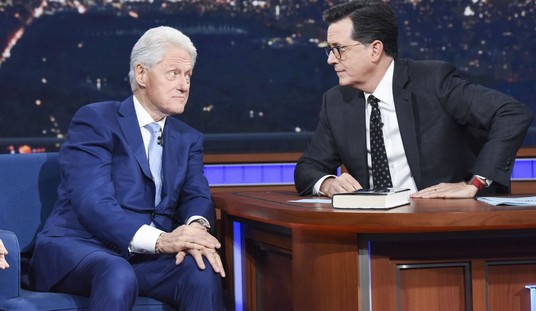A report issued by the Stockholm Environment Institute says that a UN plan to reduce emissions by allowing countries to create carbon credits from activities that actually increased emissions pumped more than 600 million tons of carbon into the atmosphere.
Under the UN scheme, called Joint Implementation, they then were able to sell those credits to the European Union’s carbon market. Companies bought the offsets rather than making their own more expensive, emissions cuts.
But this study, from the Stockholm Environment Institute, says the vast majority of Russian and Ukrainian credits were in fact, “hot air” – no actual emissions were reduced.
They looked at a random sample of 60 projects and found that 73% of the offsets generated didn’t meet the key criteria of “additionality”. This means that these projects would have happened anyway without any carbon credit finance.
“Some early projects were of good quality, but in 2011-2012, numerous projects were registered in Ukraine and Russia which had started long before and were clearly not motivated by carbon credits,” said Vladyslav Zhezherin, a co-author of the study.
“This was like printing money.”
According to the review, the vast majority of the offset credits went into the European Union’s flagship Emissions Trading Scheme. The authors estimate these may have undermined EU emissions reduction targets by 400 million tonnes of CO2, worth over $2bn at current market prices.
Unlike the Russian and Ukrainian projects, similar offsetting plans in Poland and Germany were said to meet very strict criteria.
“We were surprised ourselves by the extent, we didn’t expect such a large number,” co-author Anja Kollmuss told BBC News.
“What went on was that these countries could approve these projects by themselves there was no international oversight, in particular Russia and the Ukraine didn’t have any incentive to guarantee the quality of these credits.”
Because Germany and Poland had tougher emissions targets to meet, they were very careful with their certificates. This wasn’t the case in Russia and the Ukraine.
With zero oversight by the UN, Russia and Ukraine were able to game the system, gobbling up tens of billions of dollars in the process. China, too, has been caught in the fraud, which garnered them more than $2 billion.
The Russian scheme involved destroying chemicals that contribute to warming, but only after massively increasing their manufacture just to take advantage of the carbon credits:
It concerns the activities of projects that made money from the removal of chemicals HFC-23 and sulphur hexafluoride, which add significantly to global warming.
They found that, in 2011, all three projects in the study significantly and simultaneously ramped up the amount of the chemicals they were destroying.
“As researchers we can not prove the fraud, we can just point to the facts so in the HFC case at the moment when they could gain credits they immediately increased production of this greenhouse gas in order to destroy them, and that lead to them getting many more credits than if they had produced it like they did before,” said Anja Kollmuss.
A green Ponzi scheme. Brilliant.
You have to think that if two or three countries are playing games with the carbon trading market, dozens more are probably doing it as well. What do you expect with no oversight and incompetent bureaucrats overseeing a system that was designed to maximize cheating and fraud?
Saving the world from global warming is in the very best of hands.










Join the conversation as a VIP Member